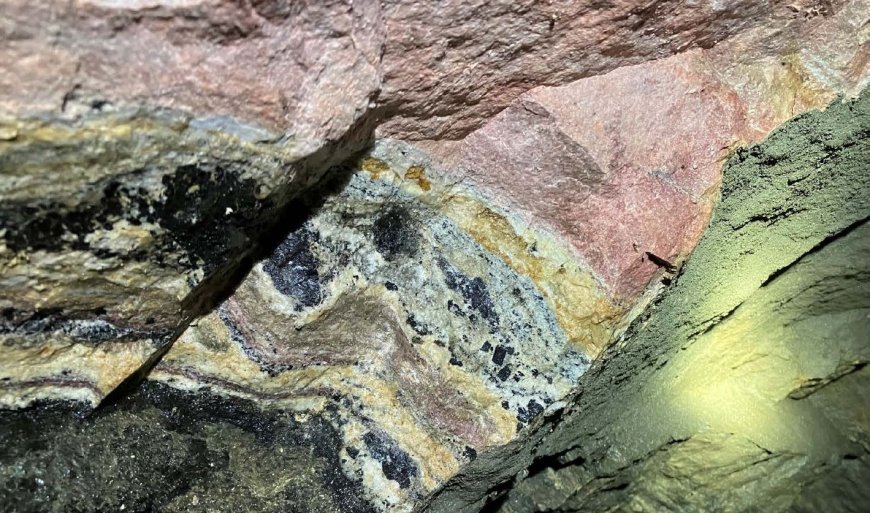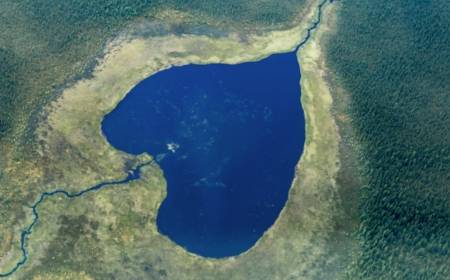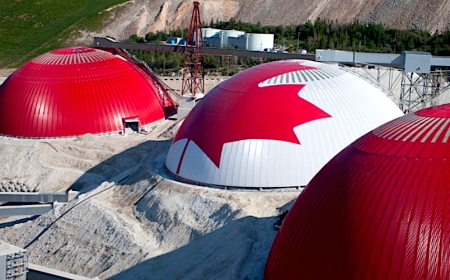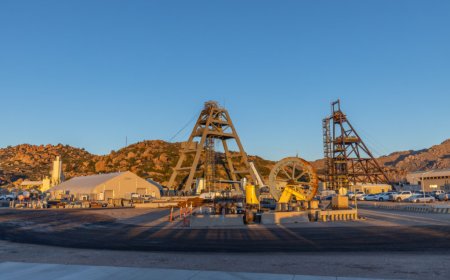US Critical Materials reports highest-grade neodymium deposit in the US
US Critical Materials has reported what it calls the highest-grade neodymium deposit in the United States.


The Salt Lake City-based company announced that its prime mineral claims contain an average neodymium concentration of 1.2% (12,000 ppm), a substantial grade for this strategic element.
The company’s flagship Sheep Creek project in Montana is at the center of this development. The deposit contains total rare earth oxide (TREO) grades of nearly 9% (89,932 ppm), including 2.4% (23,810 ppm) combined neodymium and praseodymium—figures that surpass all other known US deposits, according to US Critical Materials.
The company said the deposit, independently verified by Activation Laboratories, could become a vital domestic source of neodymium —an essential rare earth element used in advanced defense systems, clean energy technologies, and consumer electronics.
The announcement comes at a time of growing concern over the security of critical mineral supply chains. Neodymium is a key component in high-performance magnets found in fighter jets, missile systems, drones, radar, electric vehicles, wind turbines, and medical imaging devices.
With China currently controlling around 90% of global neodymium supply, US Critical Materials says its discovery could offer the US a long-sought foothold in rare earth production.
“Restoring America’s control over these critical materials is vital to safeguarding our defense, energy, and manufacturing sectors against foreign dependency,” US Critical Materials president Jim Hedrick said in a news release.
In addition to rare earths, Sheep Creek is also notable for containing the only known economically viable domestic source of gallium. With an average grade of 300 ppm, the Montana site far exceeds the typical 50 ppm seen in Chinese operations.
Gallium is a critical material used in semiconductors, integrated circuits, and high-frequency communication systems found in smartphones, laptops, radar and electric vehicles.
Global production remains extremely limited—about 600 tonnes annually, with none currently sourced from North America.




















